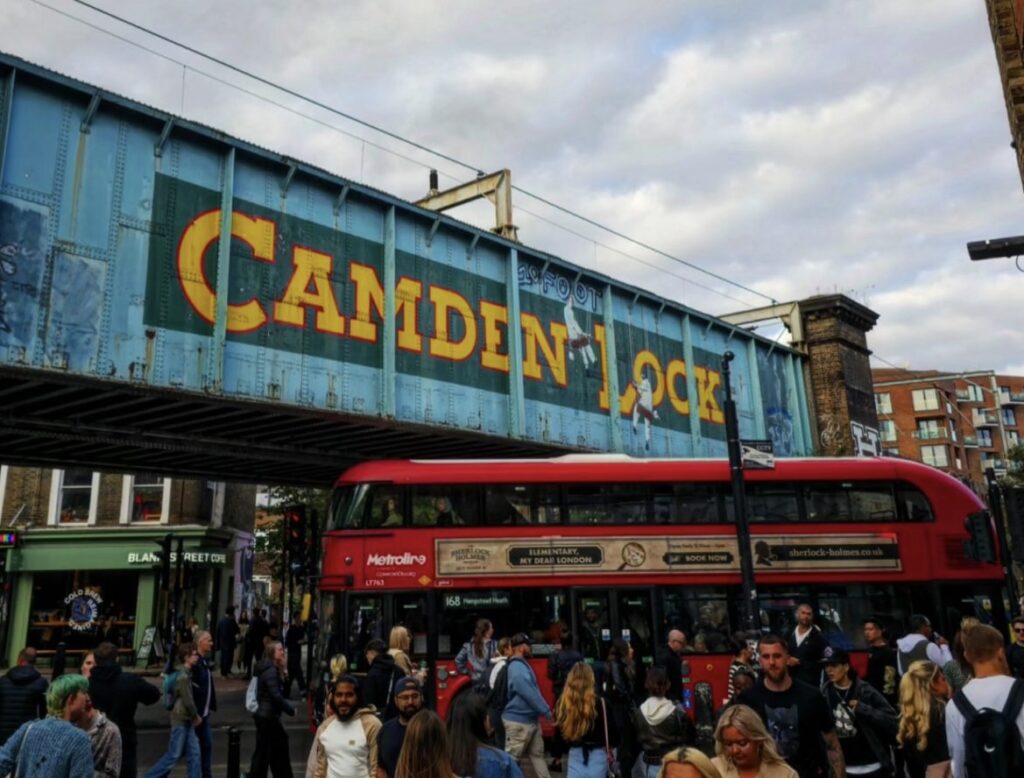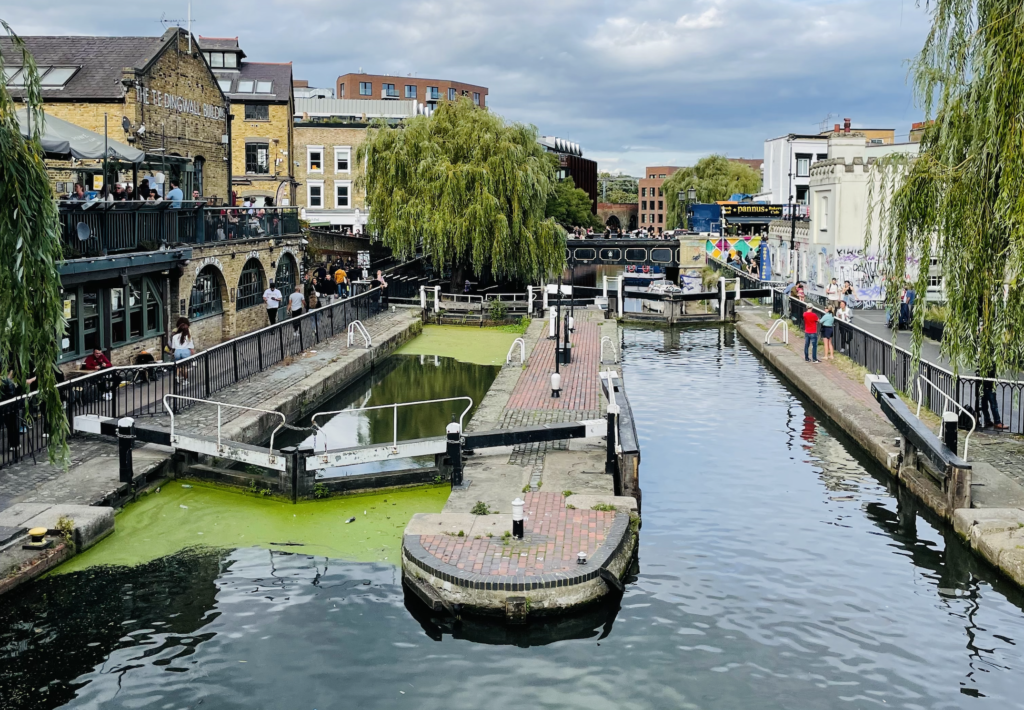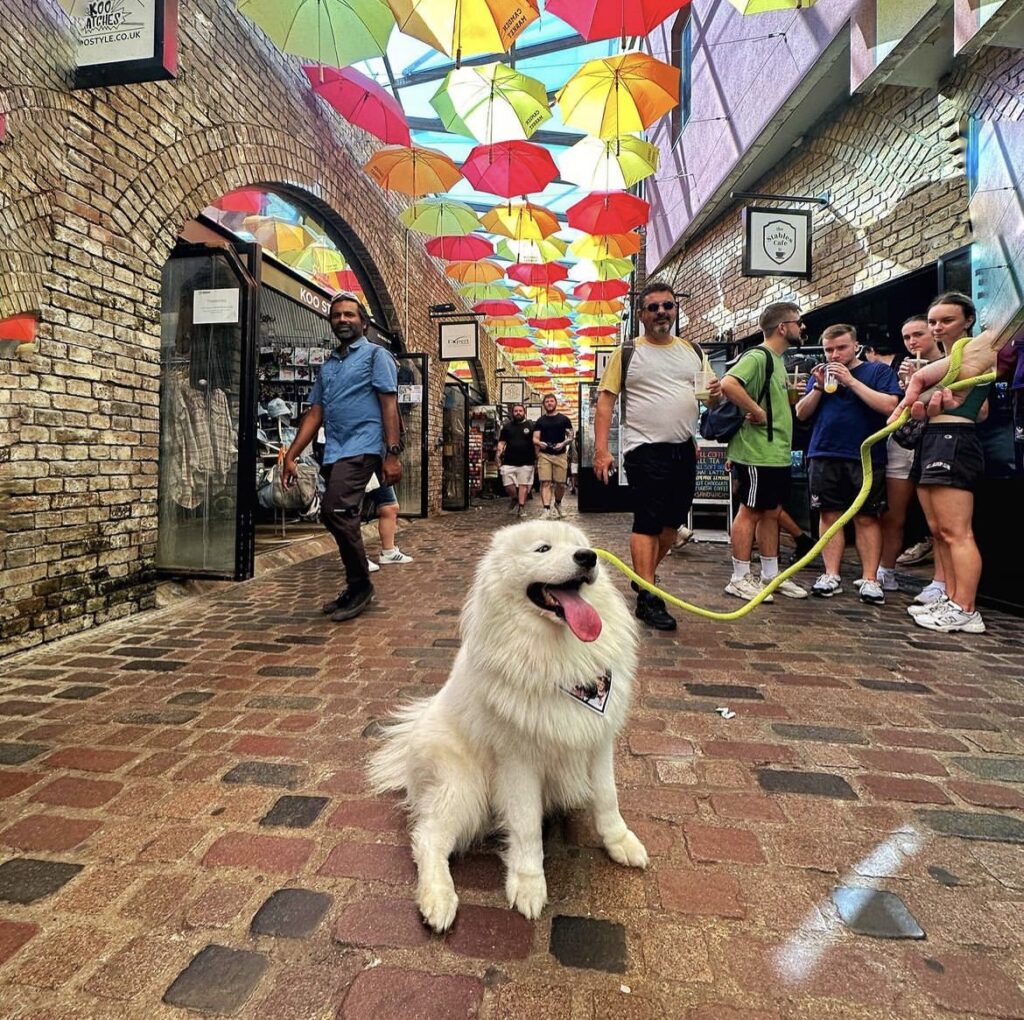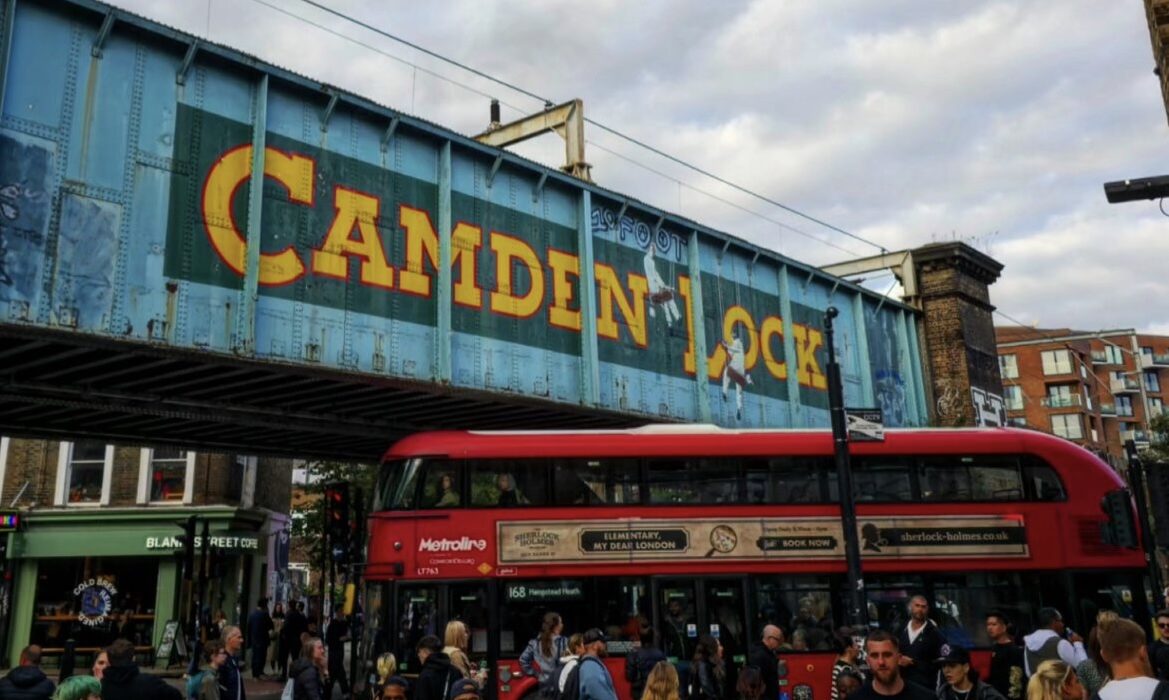Camden Town, nestled in the heart of London, is not just a bustling urban enclave; it’s a living testament to the city’s vibrant history and cultural evolution. From its humble beginnings as a small market town to its current status as a mecca for music, fashion, and alternative culture, Camden has a story that unfolds with every step you take. In this article, we delve into the annals of time to unearth 10 intriguing facts about the history of Camden Town, shedding light on the famous faces who once called this eclectic district home.



- Market Origins: Camden Town owes its name to Charles Pratt, the first Earl of Camden, who granted the land to his estate workers in the 18th century. Initially, it started as a small market town, thriving on the commerce generated by the Grand Union Canal. The market’s roots can be traced back to 1974 when it emerged as a haven for alternative lifestyles, attracting punks, goths, and artists seeking a different beat.
- The Lock: The iconic Camden Lock, which lends its name to the area, is a product of the industrial revolution. Built in 1816, it was part of the Grand Union Canal system. The lock played a crucial role in facilitating the transportation of goods, and today it stands as a symbol of Camden’s industrial past and artistic present.
- Amy Winehouse’s Stomping Ground: Camden Town has always been a magnet for musicians, and one of its most famous residents was the legendary Amy Winehouse. The soulful singer, known for her smoky voice and poignant lyrics, lived in Camden Square. The area inspired many of her songs, and her influence can still be felt in the vibrant music scene that permeates the district.
- Hampstead Heath Connection: Camden Town shares its borders with the picturesque Hampstead Heath. This expansive green space has been a retreat for Londoners since the 19th century. It’s not only a natural escape but also a place that has inspired many writers and artists, adding a touch of greenery to Camden’s eclectic mix.
- Charles Dickens’ Ties: Literary enthusiasts will appreciate Camden’s connection to the literary giant Charles Dickens. The author of “A Tale of Two Cities” lived in the area during the 1820s. The neighborhood’s dynamic atmosphere and diverse characters likely provided Dickens with ample inspiration for his vivid portrayals of Victorian London.
- The Roundhouse: Originally built as a railway engine shed in 1847, the Roundhouse has undergone a remarkable transformation. This architectural gem has served various purposes over the years, from a gin store to a repair depot. In the 1960s, it emerged as a legendary music venue, hosting performances by The Rolling Stones, Jimi Hendrix, and Pink Floyd, among others.
- Punk Rock Roots: Camden Town played a pivotal role in the punk rock movement during the late 1970s. The Electric Ballroom, a prominent venue in the area, witnessed the rise of punk bands like The Clash and The Sex Pistols. The punk ethos still permeates the streets of Camden, with its rebellious spirit living on in the vibrant subcultures that call the area home.
- The Horse Hospital: Tucked away in the heart of Camden is The Horse Hospital, a unique cultural space with a rich history. Originally a Victorian stable, it served as a repository for horse-drawn cabs before transforming into a cutting-edge arts venue. Today, it stands as a testament to Camden’s commitment to preserving its architectural heritage while fostering artistic expression.
- Madame Tussauds’ Beginnings: The world-famous Madame Tussauds wax museum has its origins in Camden Town. Marie Tussaud, the museum’s founder, opened her first exhibition in 1835 on the site of what is now the Regent’s Park Canal. Over the years, Madame Tussauds has become a global attraction, but its roots in Camden are an intriguing piece of local history.
- Mary Shelley’s Stay: The author of the iconic novel “Frankenstein,” Mary Shelley, found solace in Camden during the 19th century. Shelley lived in the area, finding inspiration in its bohemian atmosphere. Camden’s eclectic charm likely played a role in shaping the gothic and mysterious elements that characterize her literary masterpiece.



In conclusion, Camden Town is a tapestry woven with threads of history, music, literature, and rebellion. From its market origins to the punk rock revolution, from Charles Dickens’ strolls to Amy Winehouse’s haunting melodies, each corner of Camden tells a unique story. As you navigate its vibrant streets, remember that you’re walking in the footsteps of visionaries, rebels, and artists who, at one point, called Camden Town their home.
Read More on Top 10 things To Do in Camden

